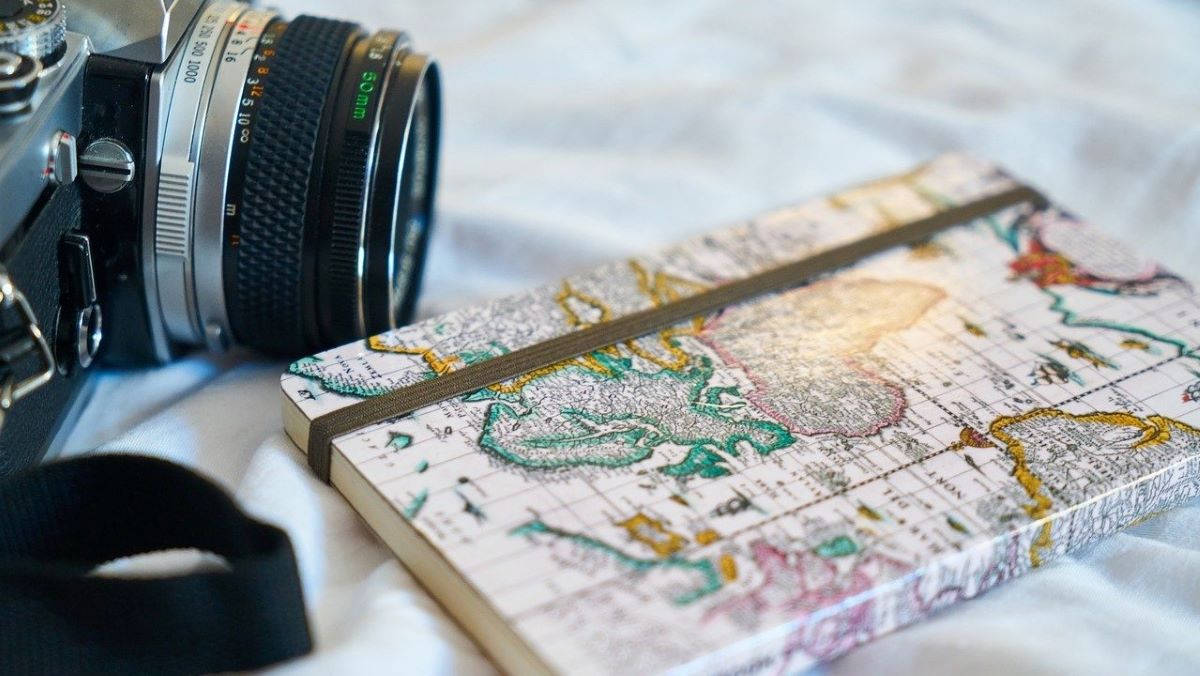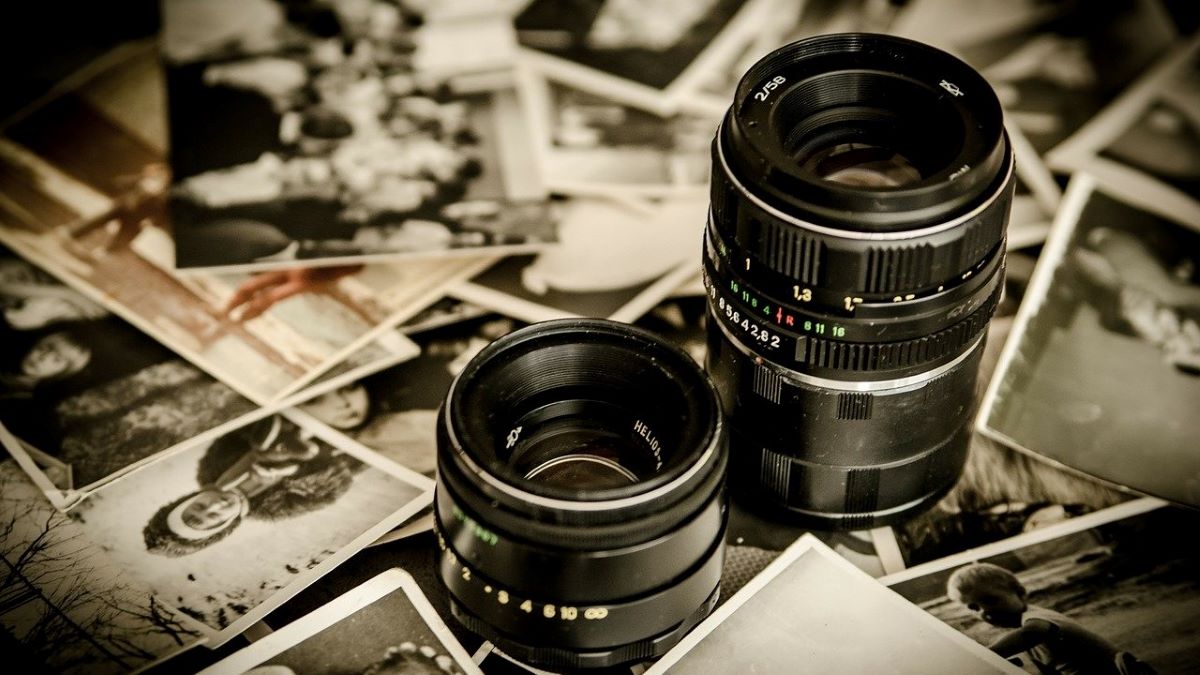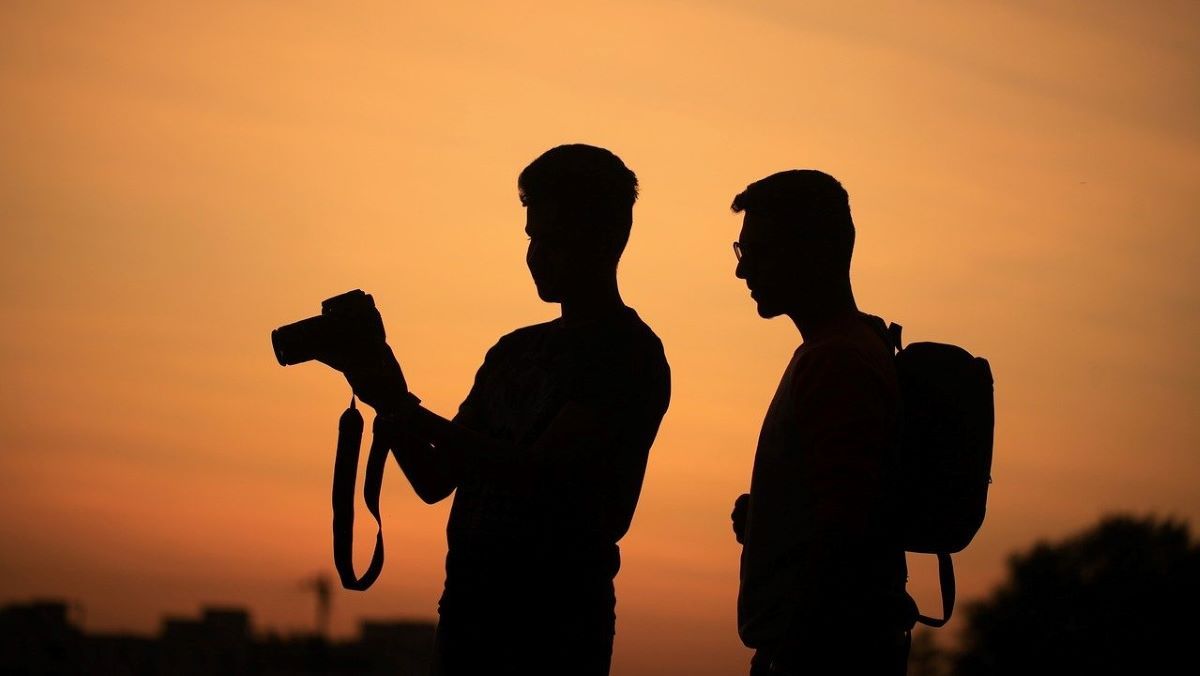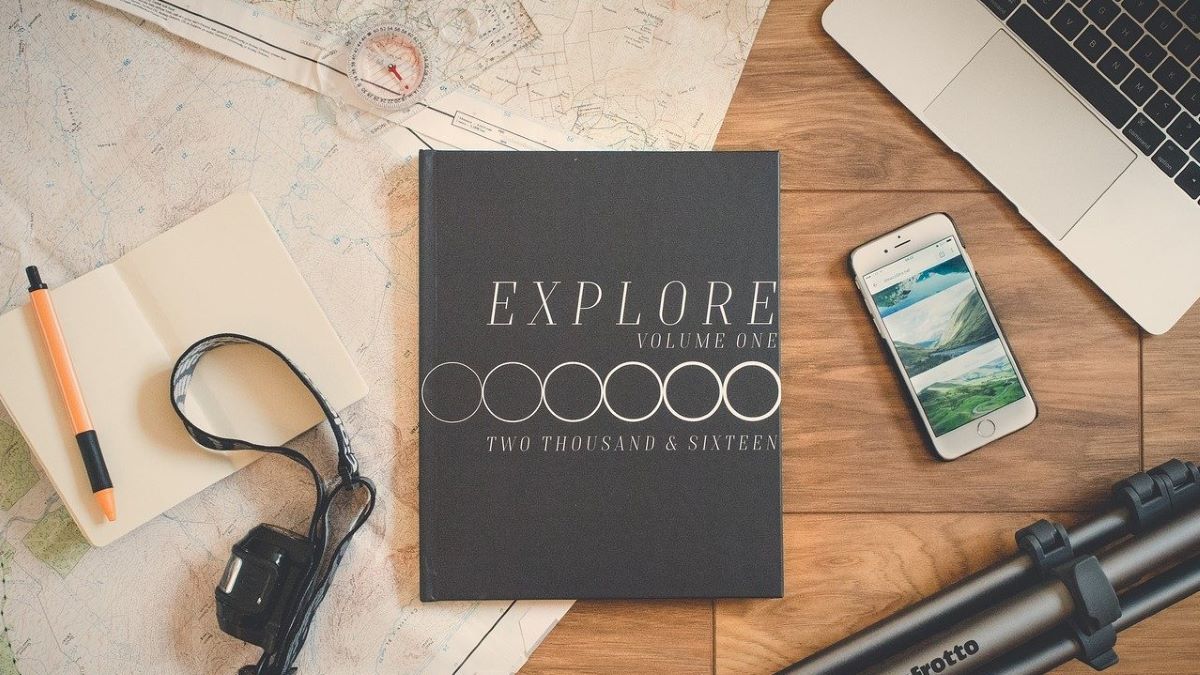Top 10 Travel Photography Tips to Help You Take Epic Photos

Quick Jumplinks to Navigate
Travelling is a great time to learn new skills, and whether you’re an avid photographer or not you’ll no doubt want to document your trip. If you’re looking to step things up a little from your usual travel photography, or perhaps this is your first time heading abroad with a camera, our top 10 travel photography tips will help you take your snaps to the next level.
Check out these top 10 travel photography tips from the experts:
1. Carry the Right Equipment

First thing’s first: you’ll need the right tools. Whether that’s your camera, lenses or accessories, having the right photography equipment is one of the most important travel photography tips, whether you’re a complete beginner or a pro.
Try not to get carried away with taking too much kit and instead just take the essentials. We recommend the following:
- Your camera (of course)
- A sturdy camera case and travel bag
- A lens or two, if required
- A lightweight, mini tripod
2. Travel Light
Even though you’ll need your equipment, it’s important to pack lightly as best as you can. After all, you definitely don’t want to be lugging lots of heavy equipment around. Think essentials, whether that’s your clothing or photography equipment. It’s no big deal if you have to leave your tripod at home, improvising is one of the most exciting parts of travel photography
3. Know Your Camera

Before you even set foot on the plane, it’s important that you get to know your camera. Take some time to understand it00s features, settings and how exactly you can get the most out of it on the road. Even the most basic SLR cameras can take great photographs, you just have to know how to use them. You should find plenty of how-to guides online to help you get started.
4. Do Your Research

Now that your camera and equipment is all set, you’ll want to research your destination(s) beforehand. See where fellow photography enthusiasts have been travelling and you’ll discover some of the must-see sights. Doing your research beforehand will save you time when you get there, and help you stay organised.
5. Head Off the Beaten Path

You’ve finally arrived at your first destination. As tempting as it is to point your lens at the popular tourist attractions, head off the beaten path and you’ll find some interesting and unique locations (and people) to photograph.
Also Read: 50 Best Places in the World for Wildlife Photography
6. Learn the Lingo
If you’re looking to take photos of people or even places, it’s important to know a few local phrases to get you by. The Case Farm has put together a handy infographic to help you ask “can I take your photo?” in 25 different languages – perfect for those portrait shots! After all, getting real-life street shots of the locals is one of the best ways to document different cultures on your travels.

7. Get to Know the Locals

Once you’ve learned to speak their lingo, you’ll have no trouble mingling with the locals. Not only will they be able to share their local knowledge with you, but you’ll find many have great stories to tell.
Head to local cafes and bars and you’ll no doubt bump into someone who is happy to be photographed. You can also try photographing locals in the street for a completely natural shot, but don’t forget to ask beforehand.
8. Learn About Composition

A good composition really does make a great photograph. Often, beginners fall into the trap of positioning their subject in the centre of the photograph – but this shouldn’t (generally) be the case. If you’re new to the idea of composition, the rule of thirds is a great place to start.
The rule of thirds involves dividing up your image into 9 equal segments (3 rows), so you can position important elements within them. You’ll find your eyes are naturally drawn to these segments.
9. Incorporate Leading Lines

Just like the rule of thirds, incorporating leading lines is another important travel photography tip. Once you’ve found a subject on your travels, such as a historical building or bridge, take a look around to see if there are any lines that lead to it. Capturing leading lines creates a powerful image with a strong visual impact, and your viewer’s eyes will be drawn to it.
10. Leave Your Camera Behind, Occasionally

Photographing your travels is incredibly rewarding, but you’ll enjoy it much more if you leave your camera back at the hotel occasionally. This might sound contradictory, but you might even discover more hidden gems when you leave your camera at home – and there’s nothing stopping you from going back to photograph it the next day.

1 Comment
anccorp.com.sg
Okay, I admit it. You have actually recorded my attention. I do not typically post discuss blog sites, however you have made it. I have a newly found interest in this topic and can not wait to see even more posts from you in the future. Thanks for offering so much information in a solitary article!